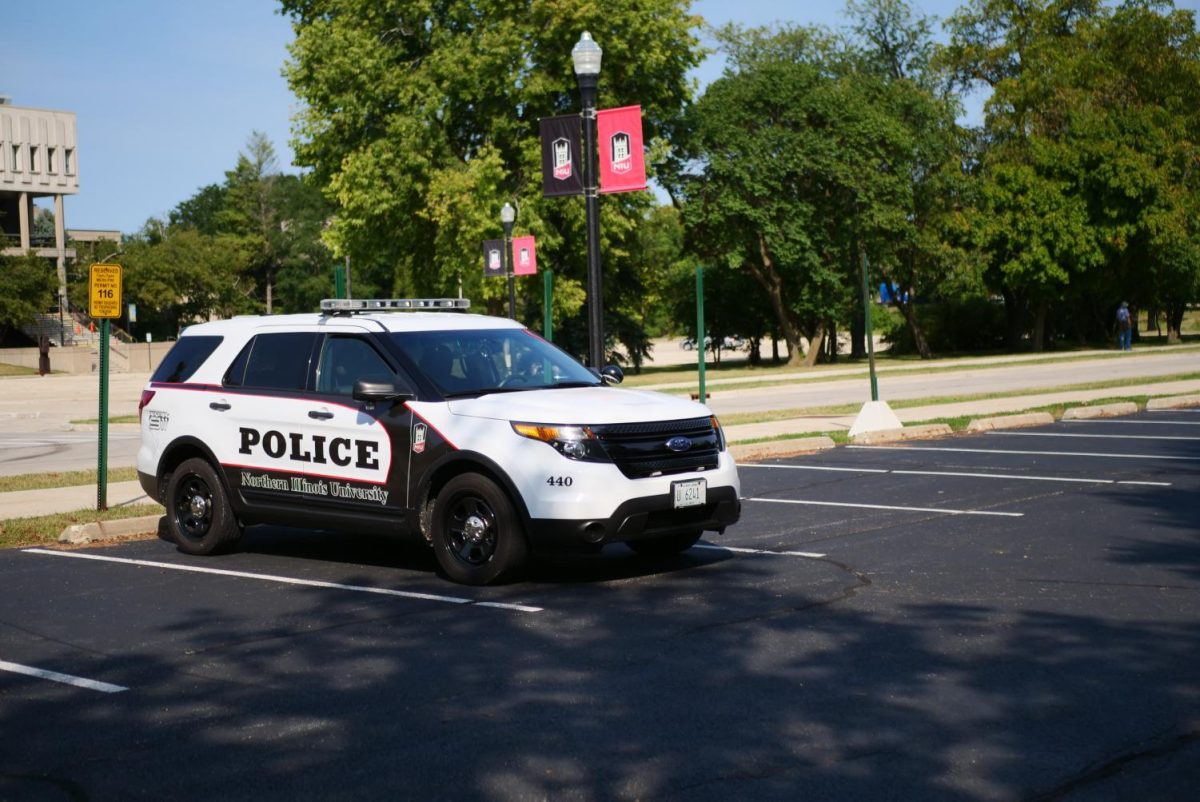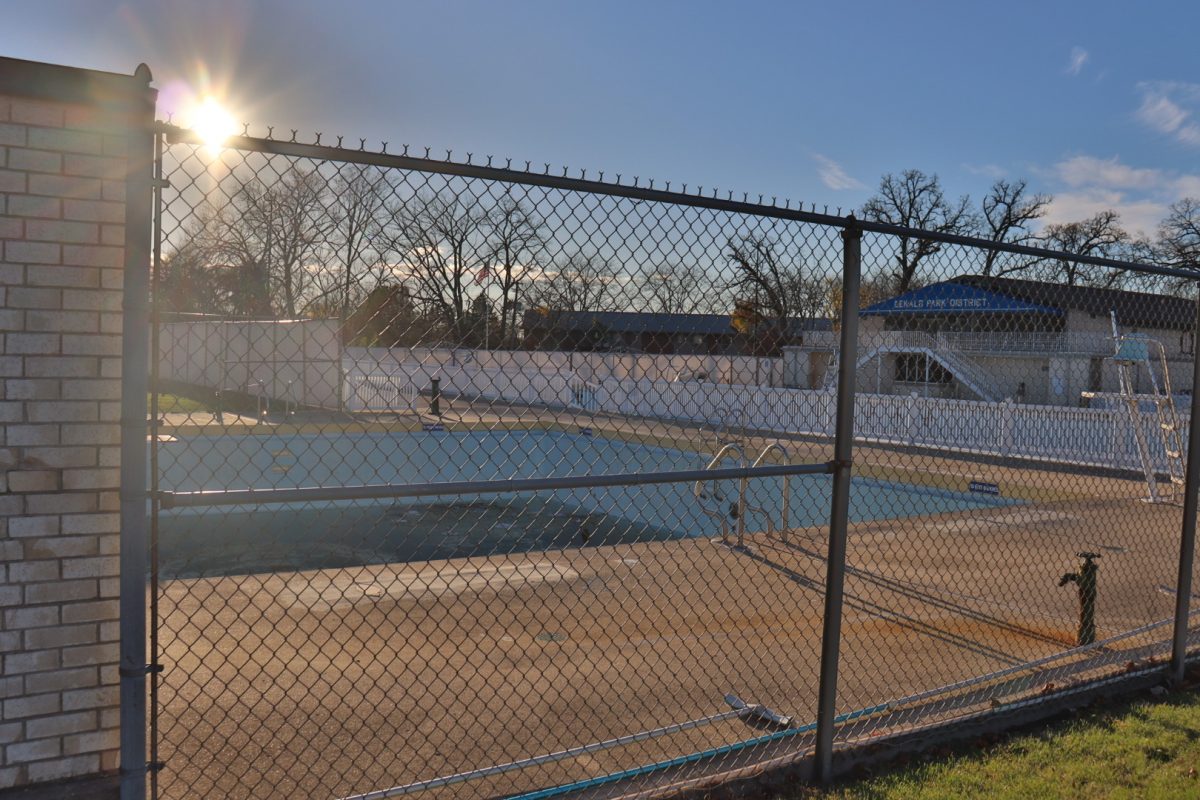DeKALB – NIU is reducing low-enrollment courses to help chip away at its $32 million deficit and optimize resources.
According to Interim Executive Vice President and Provost Laurie Elish-Piper, revising class offerings is a common collegiate practice that requires balance and planning.
“This is a strategy that’s been used by universities across the country to use resources efficiently and strategically,” Elish-Piper said. “At the same time, we are trying to balance it to make sure we’re not putting students in a situation where they can’t get the courses they need to graduate.”
The university began reducing low-enrollment classes in July by combining them with other low-enrollment sections or deleting other courses. According to Elish-Piper, NIU has removed about 25% of low-enrollment classes.
“We have a tool, EAB, which is a partner of ours that gives us predictive data that helps us determine how many sections we are likely to need and how many open seats we are likely to need,” Elish-Piper said. “Relying on that data helps us look at predictive enrollment patterns so that we can do a better job of building the schedule and have fewer low-enrollment courses that we need to deal with.”
Reducing the number of sections and low-enrollment courses with “great intensity” could potentially save NIU as much as $3.4 million, according to estimates from EAB that Elish-Piper shared at a Faculty Senate meeting on Nov. 1.
Senior environmental science major, Gage Swanson said he’s never had a problem with enrolling in any of his classes, but attributes that to his focused major in water science.
“It seems that the water science people is a perfect number,” Swanson said. “There’s usually never more than 20 there’s usually never less than two.”
Typically, courses are required to reach a minimum enrollment level before receiving approval to run for the semester, and those decisions are made at the departmental level, according to Elish-Piper.
“We set minimum target numbers for enrollment because it isn’t a great use of our resources to offer a section or a course that only has three students,” Elish-Piper said. “But at the same time, if those three students need that course to graduate, then we’re going to go ahead and figure out what we have to offer.”
Minimum enrollment target numbers:
- 100/200 Level classes (target minimum = 20)
- 300/400 Level classes (target minimum = 15)
- 500 Level classes (target minimum = 8)
- 600/700 Level classes (target minimum = 5)
Alternatively, students could take another course, enroll in a different section or take an independent study class to meet their degree requirements.
“We’ve helped students to identify another course that met the same requirement or another course that was part of their degree path,” Elish-Piper said. “We’re planning those course rotations so advisors and students know them, and we’re not putting students into a situation where they can’t get the courses they need to move forward.”
Jenna Dooley, adjunct instructor in the Department of Journalism said she was worried students would still be at risk of missing an important subject with the increase in course removals.
“Particularly for upper level classes, the closer students get to graduation, there might be classes that they really wanted to or skills that they really need before they graduate,” Dooley said. “And if a class gets canceled due to enrollment, it’s possible that it won’t come back in the next semester cycle and they might graduate before then. And so from that standpoint, you don’t want students to lose out on skills because they ran out of time.”
Vera Lind, associate professor in the department of history said she wasn’t worried about losing courses because of the number of general education courses that fit within her department.
“I’ve worked here for 20 years almost, and overall enrollment, I mean this long has gone down, but in the history department we still have a pretty strong enrollment,” Lind said. “Our majors have dropped, but since we are part of the general education our classes are always missed, not only history majors but from all over the college.”
Elish-Piper said although the university will do what it can to help students, meeting early with advisors to plan their schedules is crucial to students getting the needed classes.
“Meet with your advisor every semester, because they know which courses are only offered once a year or are only offered in the spring, and this will help them avoid struggling to find classes,” Elish-Piper said.
Swanson agreed and said students should take the additional step to check their enrollment deadlines.
“Be absolutely aware of your deadlines,” Swanson said. “And your academic advisor is a person too; they don’t know everything.”














